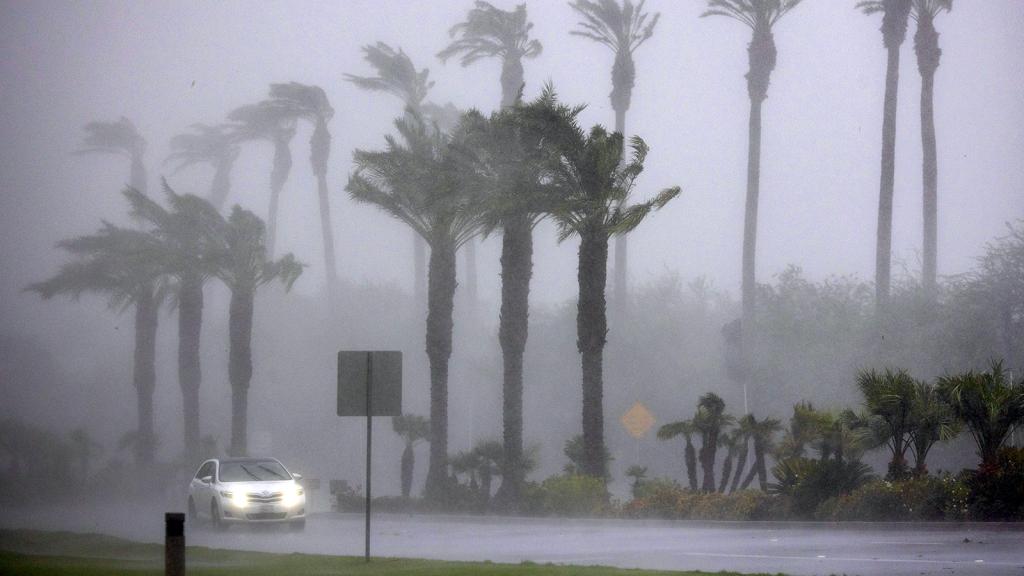Predicting the future has always been a difficult, sometimes fruitless task, but scientists are surprisingly good at divining how hot the year ahead will be. For decades, their models have largely ended up matching global temperatures. Then 2023 came along.
At the beginning of the year, climate scientists at four organizations — Berkeley Earth, NASA, the U.K. Met Office, and Carbon Brief — forecast that 2023 would be marginally hotter than the year before, with the consensus falling around 1.2 degrees Celsius of warming (2.2 degrees Fahrenheit) above preindustrial temperatures. But it blew past those projections to become the hottest year on record, reaching an estimated 1.5 C (2.7 F). “We were really far off, and we don’t know why,” said Zeke Hausfather, one of the scientists at Berkeley Earth who worked on the predictions.
The first sign that something was amiss came in March 2023, when the world’s oceans spiked to the hottest temperatures seen in modern history. Then the heat came for the land, too. It led to the hottest June ever recorded, followed by the hottest July, and the hottest every month since. On Wednesday, the European Union’s Copernicus Climate Change Service confirmed that last month was the hottest May in history, making for one year straight of record-shattering global temperatures, averaging 1.63 degrees C over preindustrial times. The report was released in tandem with World Meteorological Organization’s updated prediction that one of the next five years is likely to beat 2023 as the warmest year on record.
The two reports came as a heat wave sizzled through the Western U.S., with 29 million Americans under heat alerts and warnings from Wednesday into the weekend. “If we choose to continue to add greenhouse gases to the atmosphere, then 2023/4 will soon look like a cool year,” said Samantha Burgess, director of the Copernicus Climate Change Service, in a statement.
Much of this warming over the past year is well within the range of what scientists have long predicted would be the result of burning fossil fuels with abandon. The heat dialed up even more when a recurring climate pattern known as El Niño took hold last summer. But scientists say these two factors alone can’t account for the surging temperatures the world has seen recently, particularly in the second half of 2023. Was that extra warming a blip they can brush off, explained away by natural variability or randomly coinciding events, or was it a sign that climate change has begun to veer off predictable tracks?

“It’s not just some obscure quirk that nobody really cares about,” said Gavin Schmidt, the director of the NASA Goddard Institute for Space Studies in New York. “I mean, it really matters, and it has implications for the future, how this gets resolved.” Schmidt and other scientists are examining different theories that could explain the elevated temperatures, from a reduction in global aerosol pollution to underwater volcanic explosions. “Everything is on the table,” he said.
Here’s what scientists know so far: Climate change has warmed the planet by 1.3 degrees C compared to preindustrial times. But the last 12 months have been about 1.6 degrees C hotter, according to the latest data. Some of that heat — around 0.1 or 0.2 degree C — can be attributed to El Niño warming up the Pacific Ocean. That still leaves as much as 0.2 C unexplained.
Scientists have a solid explanation for maybe 0.1 degree C of that extra heat: It could be a side effect of global efforts to reduce pollution. Starting in January 2020, the International Maritime Organization began enforcing a mandatory reduction of sulfur oxide emissions from shipping fuel. These airborne particles can be harmful to human lungs, contribute to acid rain, and inhibit plant growth. However, they also increase cloud cover and help reflect heat back into space. A paper published in Nature last week found that when some of these aerosol particles abruptly vanished, the Earth began to absorb more heat.
The search is still on for other puzzle pieces. A 2022 volcanic eruption might have added warmth by sending a huge amount of heat-trapping water vapor into the atmosphere. Shifting weather patterns might have limited the Saharan sands that usually travels over the Atlantic Ocean, allowing more sunlight to heat ocean waters. An upswing in solar activity might have begun sooner than expected, trapping radiation within the atmosphere. Or, perhaps China has been cleaning up its air pollution faster than expected, and there are even less aerosols bouncing heat off the planet.
More ominously, some scientists argue that the planet is more sensitive to climate change than previously thought. “The climate system is an angry beast, and we are poking it with sticks,” the geochemist Wallace Broecker, who died in 2019, often said. Daniel Swain, a climate scientist at the University of California, Los Angeles, thinks it might be time to update that metaphor. “We’re getting closer to the beast, and we’re aggravating it with ever greater frequency and magnitude,” he said. “So at some point, there may be surprises out there.”
According to Swain, solar activity and other suspects are unlikely explanations for the “wild card” that caused so much warming in 2023. He wonders whether it’s even possible to solve the puzzle. Schmidt, on the other hand, hopes scientists will have solved the X-factor by the end of this year.
Even as this year’s temperatures continue to shatter records, scientists have been less surprised than they were in 2023. The last several months of heat align more closely with what they expected from El Niño. And this summer, El Niño’s twin, a cooling pattern called La Niña, is expected to take over. If temperatures don’t fall as predicted two or three months from now, Hausfather said, “I think it’s an indication that you know something is happening that we don’t expect and don’t really have a good explanation for.”




